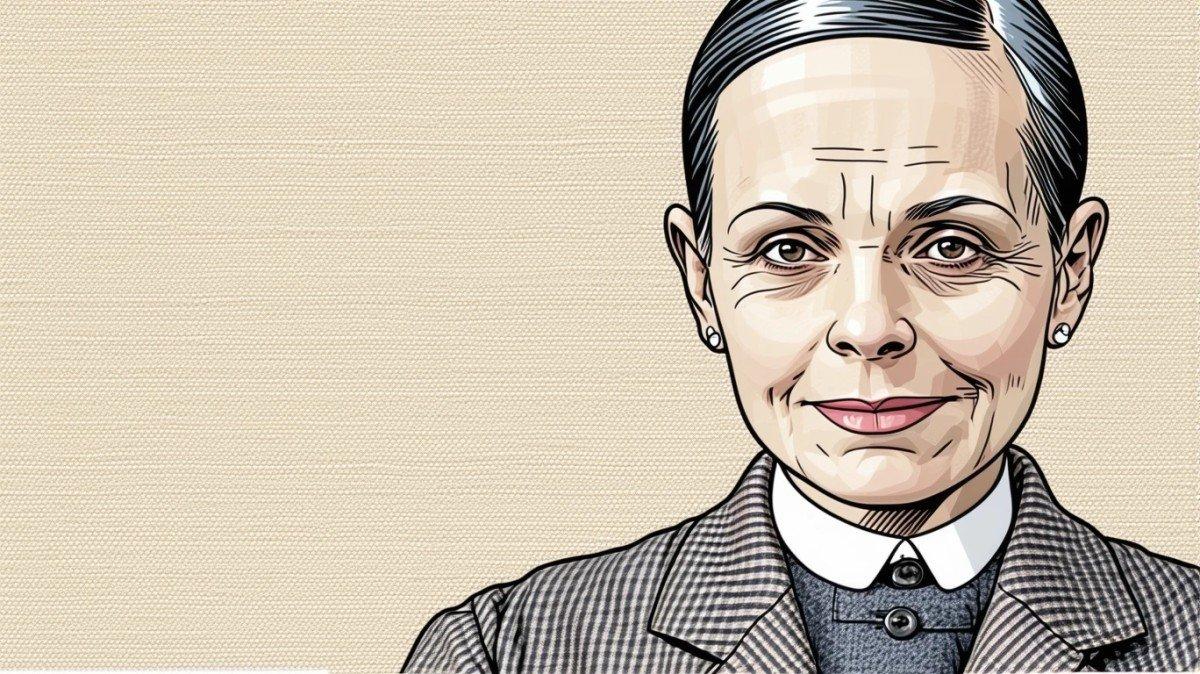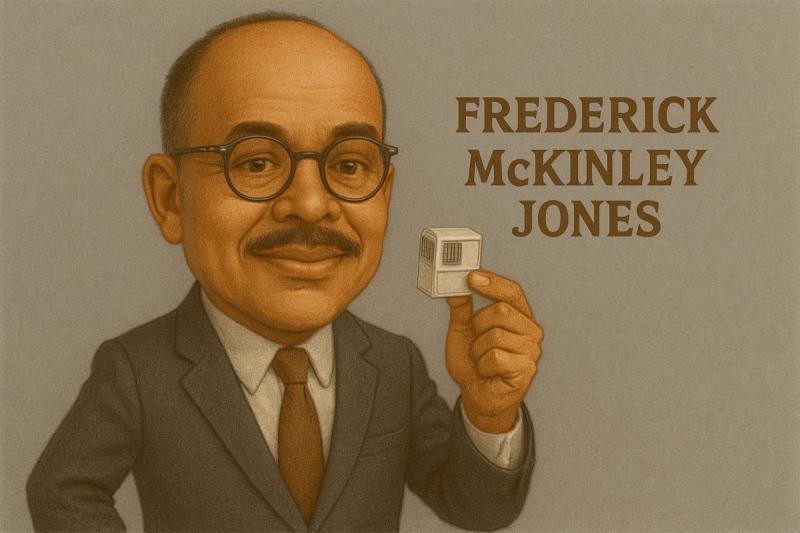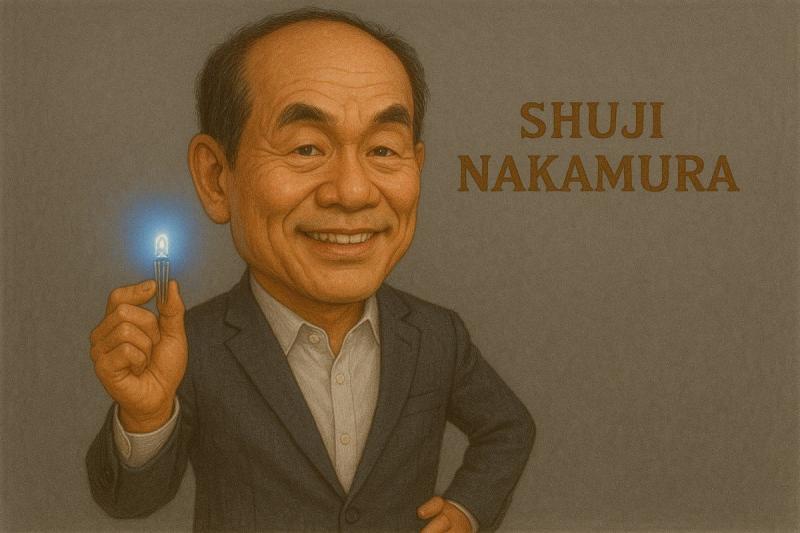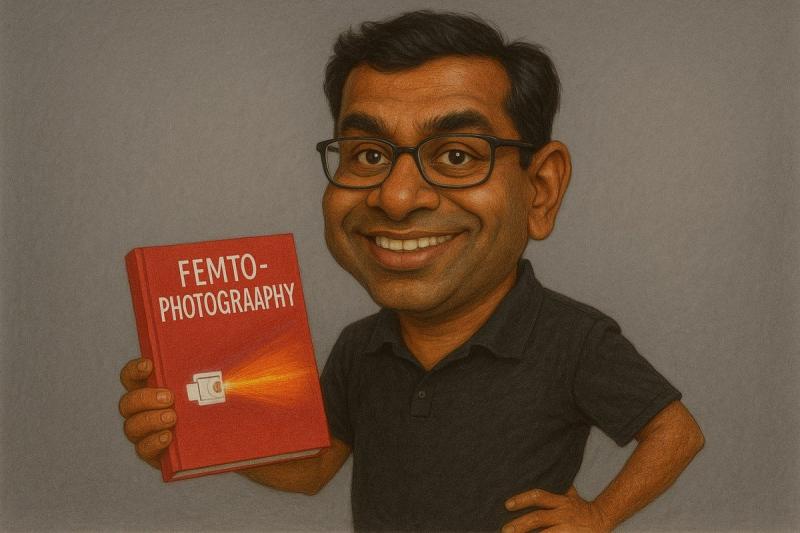Lise Meitner: The Woman Who Split the Atom and Got Split from History
Ever heard of Lise Meitner? No? Well, that's exactly the problem. While Einstein gets all the fame (and the memes), Meitner quietly revolutionized nuclear physics and then got royally snubbed by the Nobel committee. Talk about a raw deal!
The Brilliant Mind They Tried to Forget
Born in 1878 in Vienna, Lise Meitner wasn't exactly set up for scientific stardom. Women weren't even allowed to attend public institutions of higher education in Austria until she was 14. But Lise wasn't having any of that nonsense.
By 1905, she became only the second woman to earn a doctoral degree in physics from the University of Vienna. Not too shabby for someone who wasn't supposed to be there in the first place, right?
After moving to Berlin, she began a 30-year collaboration with chemist Otto Hahn. Together, they were scientific dynamite (pun absolutely intended). Their partnership was productive, groundbreaking, and would eventually change the course of history—though not in the way anyone expected.
The Discovery That Changed Everything
So here's where things get interesting. In 1938, after the Nazis forced Meitner (who was Jewish) to flee Germany, she continued working with Hahn through letters. When Hahn and his assistant Fritz Strassmann conducted experiments bombarding uranium with neutrons, they were baffled by the results.
It was Meitner, along with her nephew Otto Frisch, who figured out what was happening while on a Christmas walk in Sweden. They realized the uranium nucleus was splitting into two lighter elements—a process we now call nuclear fission.
Let me say that again: Lise Meitner figured out NUCLEAR FISSION while on a WALK IN THE WOODS.
She even calculated the enormous energy released in this process using Einstein's E=mc² equation. This discovery led directly to the development of nuclear energy and, unfortunately, nuclear weapons.
The Nobel Snub That Still Stings
In 1944, Otto Hahn was awarded the Nobel Prize in Chemistry for the discovery of nuclear fission.
Notice anything missing? Like, I don't know, LISE MEITNER'S NAME?
Yep, despite her critical role in interpreting the results and developing the theoretical explanation for fission, Meitner was completely left out. Hahn didn't exactly go out of his way to correct this oversight either, which feels like a betrayal after their decades of collaboration.
This wasn't just an oversight—it was one of the most glaring examples of sexism and antisemitism in scientific recognition. The committee essentially erased her contribution from one of the most significant scientific discoveries of the 20th century.
Living with the Atomic Legacy
While Hahn was collecting his Nobel Prize, Meitner was wrestling with the moral implications of their discovery. When approached about working on the Manhattan Project to develop the atomic bomb, she famously refused, saying, "I will have nothing to do with a bomb!"
She later expressed horror at the destruction caused by the atomic bombs dropped on Hiroshima and Nagasaki, weapons that were direct descendants of her scientific work.
IMO, this ethical stance makes her even more remarkable. Not only was she brilliant enough to unlock one of nature's most powerful secrets, but she was wise enough to question its application.
Belated Recognition: Better Late Than Never?
Although the Nobel committee never corrected their mistake (they're not exactly known for admitting errors, are they?), the scientific community eventually began acknowledging Meitner's contributions.
In 1992, element 109 on the periodic table was named "meitnerium" (Mt) in her honor. It's a nice gesture, but let's be real—how often do you discuss element 109 at dinner parties? :)
She also received numerous other awards during her lifetime, including the Enrico Fermi Award in 1966, shared with Hahn and Strassmann. Albert Einstein called her "our Marie Curie"—high praise indeed, though I'd argue she deserved to be known simply as "Lise Meitner," not in reference to another woman scientist.
What Can We Learn From Meitner's Story?
Meitner's life teaches us several important lessons:
- Scientific breakthroughs rarely happen in isolation. They're almost always collaborative, even when only one person gets the credit.
- Recognition often follows paths of least resistance—favoring men over women, majority groups over minorities, and the well-connected over outsiders.
- Ethics in science matters. Meitner's refusal to work on weapons development shows that scientists can and should consider the implications of their discoveries.
A Legacy That Continues to Inspire
Despite the Nobel snub, Meitner's legacy has grown stronger over time. She's become a symbol for overlooked women in STEM fields and a reminder that history often needs revision to include those pushed to the margins.
Today, numerous scholarships, research institutes, and educational programs bear her name, ensuring new generations learn about the woman who split the atom.
The Woman Behind the Science
Beyond her scientific achievements, Meitner was known for her modesty, integrity, and dedication. She never married or had children, dedicating her life to science at a time when women were expected to choose between career and family.
She maintained a love of music throughout her life and was known to play piano duets with her friend Einstein when they both lived in Berlin. See? Even geniuses need hobbies!
Final Thoughts
Lise Meitner's story is both inspiring and infuriating. Her brilliant mind and persistent work ethic led to one of the most important scientific discoveries ever, yet she was denied proper recognition because of her gender and Jewish heritage.
The next time someone mentions famous physicists and lists only men, maybe drop Meitner's name into the conversation. Her contribution to nuclear physics wasn't just significant—it was explosive. (Sorry, couldn't resist one more pun!)
And if there's one takeaway from her remarkable life, it's this: history may forget the pioneers, but their discoveries change the world nonetheless. Though the Nobel committee failed her, science itself will forever bear her imprint—one atom at a time.



